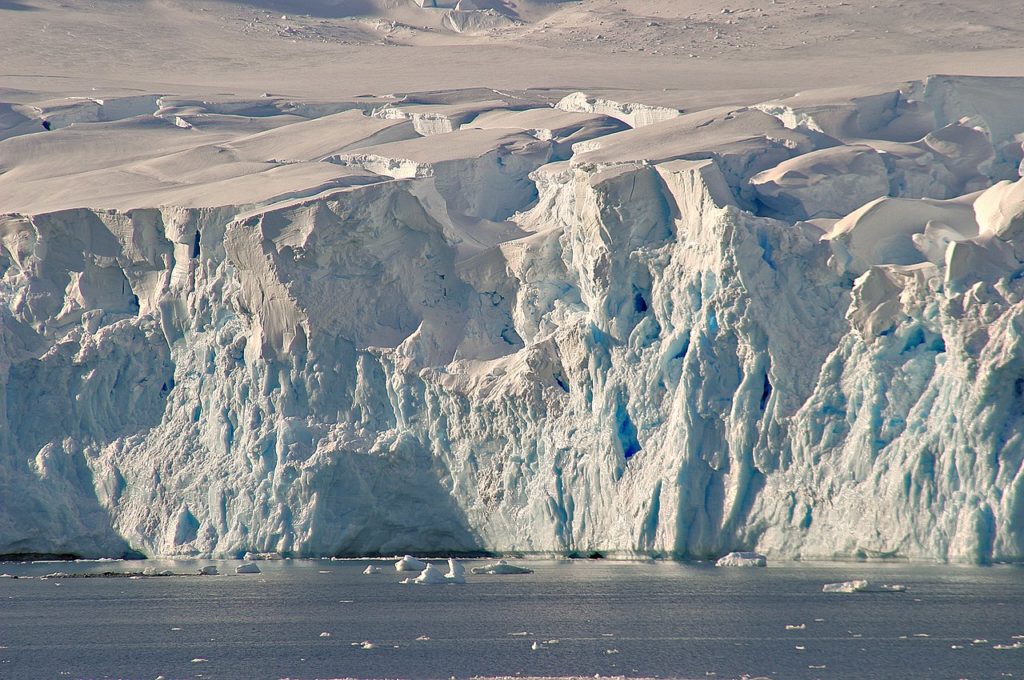A team of microbiologists from the university of Ghent have discovered a mechanism which can cause melting glaciers at the South Pole to cause an increase in carbon dioxide in the Earth’s atmosphere.
The team coordinated by researcher Ulrike Braeckman were working on the West-Antarctic peninsula, one of the three fastest-warming places on the planet. Already global warming has caused the melting of 87% of the region’s glaciers, which leads to a vicious circle.
The melting of the glaciers changes the living conditions for the organisms living in the sea, which in turn affects the uptake of CO2 in the water, which in turn is less able to take up CO2 from the air, leading to more warming.
“Due to the melting of the glaciers, a lot of particles end up in the water, particles that were frozen in the glacier ice and particles that were taken along when the glacier water flows over the land,” Braeckman told VRT News.
The particles are not soluble in the seawater and remain in suspension, which allows less sunlight through the water reaching the microorganisms known as phytoplankton, making it more difficult to photosynthesise the CO2 into oxygen – the same process served by the trees in our parks and gardens.
The phytoplankton, the team discovered, are not only being rendered less effective by the suspension of particles in the water, they are in fact being buried along with micro-algae on the sea floor by the particles.
"The algae in themselves are mobile, and can migrate to the surface of the seabed when buried, but they cannot do that indefinitely,” Braeckman said. “If they are buried under too much material, they will no longer produce at all.”
The organisms are an important food source for other marine creatures such as worms and shellfish, which eat them and then fix the CO2 in their own bodies. And fewer algae means less food higher up the food-chain.
How much could the loss of this important reduction of atmospheric CO2 represent?
“There is a lot of uncertainty about this, so I can only give a figure with some reservations,” she said.
“But under normal circumstances, the possible annual CO₂ storage in the tissue of animals on the seabed around Antarctica could amount to 1 percent of our annual global CO₂ emissions.”
In other words, about one-third of the CO2 which is emitted every year by the entire airline industry could be absorbed by cleaning mechanism provided by the flora and fauna of the polar seabed, but thanks to the melting of the glaciers, that mechanism is gradually disappearing.
The Ghent team’s research is published in the latest issue of the journal Communications Biology.
Alan Hope
The Brussels Times

